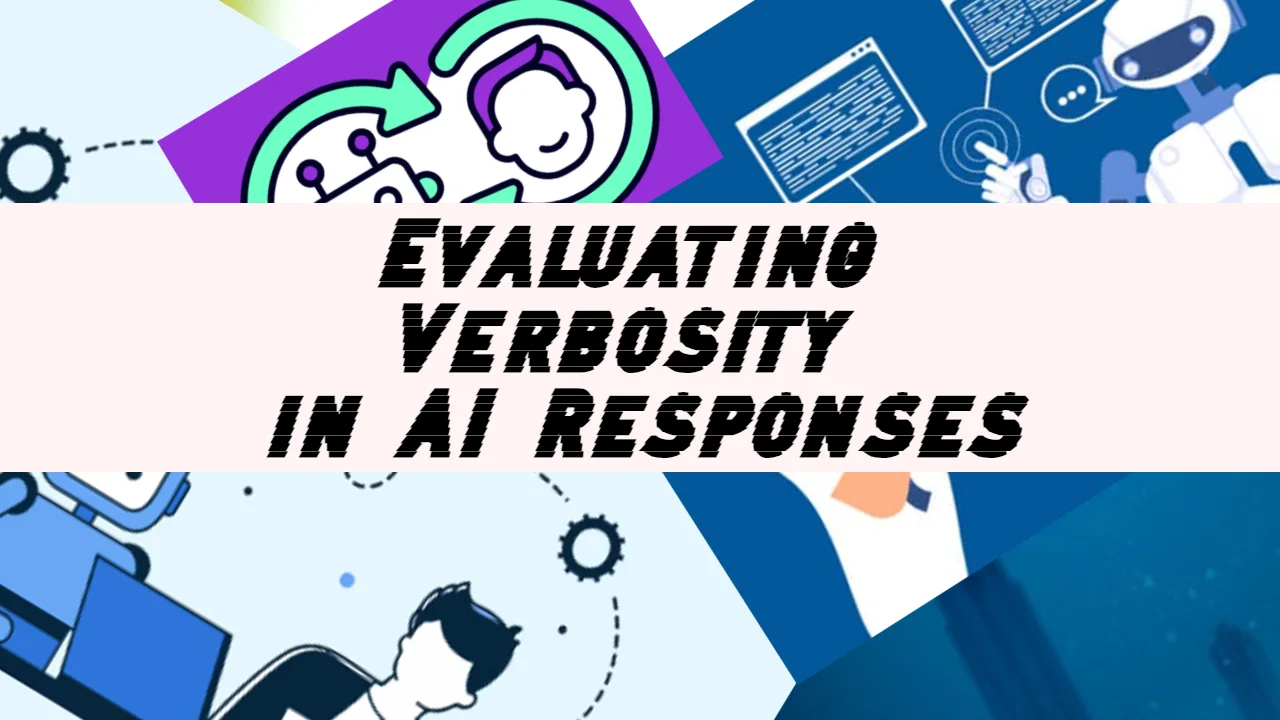As artificial intelligence (AI) continues to permeate various sectors, including communications and content creation, assessing the quality of AI-generated writing becomes crucial. Ensuring that AI outputs are clear, understandable, and engaging is vital for maintaining reader trust and interaction. This article delves into three fundamental aspects of AI writing quality:
- Readability
- Language and mechanics
- Outline and coherence
Each element plays a critical role in determining the overall effectiveness of the content produced by AI systems. Let’s delve into our central question: How do we rate AI writing quality?
Understanding Readability
What is Readability?
Readability in AI-generated content refers to how easily a reader can understand and interpret the information without being hindered by errors. This aspect focuses mainly on the absence of grammatical or spelling mistakes that could detract from the user’s understanding or cast doubt on the reliability of the information provided.
How to Evaluate Readability
Evaluating readability involves a meticulous examination of the text. If the response is free from spelling or grammatical errors, it can be classified as having “No Issues.” However, if the text is riddled with numerous and apparent errors, it should be categorized under “Major Issues.” The key is to ensure that these errors do not obscure the intended message or reduce the credibility of the content.
Understanding Language & Mechanics
What are Language & Mechanics?
Language mechanics are the backbone of effective communication in AI writing. This encompasses appropriate word choice, sentence structure, and punctuation. Proper language mechanics are essential for conveying ideas clearly and ensuring the text is easy to follow and understand.
How to Evaluate Language & Mechanics
To assess the language mechanics of AI-generated content, reflect on whether the text presents any challenges in understanding the ideas due to poor language use. Ineffective mechanics can make the content difficult to follow and reduce the overall clarity of the message. It’s important to consider how well the AI utilizes language tools to enhance the readability and impact of the content.
Understanding Outline & Coherence
What is Outline & Coherence?
Outline and coherence refer to the logical flow and structure of the content. This criterion evaluates whether the ideas in the AI-generated text are well-organized and logically sequenced, facilitating a smooth and logical reading experience.
How to Evaluate Outline & Coherence
When evaluating the outline and coherence of AI-generated content, consider whether the structure aligns with its goals. If the flow of the text is confusing or the ideas seem chaotic, it indicates poor coherence. Conversely, a well-structured response with a clear and logical progression of ideas signifies high-quality writing.
Writing Quality Rating Examples
In assessing AI writing quality, it’s crucial to understand how errors in readability, language mechanics, and outline and coherence can significantly impact the content’s effectiveness. Below are examples illustrating common pitfalls in each category using specific prompts and responses.
1. Readability
Prompt: “Describe the process of photosynthesis.”
Bad Example: “Photosynsis invovles, light, water, & Co2 to make oxygn & glucose, it’s happens in leafs.” ❌
- Analysis: This response is plagued with multiple spelling and grammatical errors (“photosynsis,” “invovles,” “oxygn,” “it’s happens in leafs”), which severely hinder readability. These mistakes not only make the sentence difficult to parse but also detract from the credibility of the information presented, obscuring the reader’s understanding of a fundamental biological process.
2. Language Mechanics
Prompt: “Explain Newton’s laws of motion.”
Bad Example: “The principle where first a body at rest stays at rest unless acted on and an object in motion stays in motion and force equals mass times acceleration are Newton’s laws of motion.” ❌
- Analysis: The lack of punctuation and the poor ordering of ideas in this response result in a convoluted sentence structure that challenges comprehension. The merging of complex ideas without clear separation confuses readers, making it difficult to distinguish between the individual laws, thereby reducing the overall clarity and impact of the explanation.
3. Outline & Coherence
Prompt: “Outline the benefits of a balanced diet.”
Bad Example: “A balanced diet is good. It’s about having the right foods. Nutrients and vitamins are important. You should eat fruits and vegetables. Proteins are good for muscles. Carbs provide energy. But don’t forget about dairy. Or maybe plant-based alternatives. Water is important, too. So is exercise.” ❌
- Analysis: This response demonstrates poor organization and coherence. The ideas are presented in a scattered manner without a logical progression or connection between them. The random jumping between diet-related points and the abrupt mention of exercise creates a disjointed narrative. This lack of structured flow and coherence makes it challenging for the reader to derive a clear, concise understanding of the benefits of a balanced diet.
These examples highlight the importance of maintaining high standards in readability, language mechanics, and coherence to ensure that AI-generated content is reliable and user-friendly.
Note on Writing Quality Issues
It is important to remember that minor writing quality issues should not be the sole reason to prefer one AI-generated response over another heavily. While minor issues can slightly impact the reading experience, they do not necessarily compromise the overall effectiveness of the communication. The focus should be on the aggregate impact of readability, language mechanics, and coherence on the clarity and reliability of the content.
Now you know How to Rate AI Writing Quality
Rating the quality of AI writing is an integral process that enhances the utility and acceptance of AI-generated content. One can effectively gauge the quality of AI writing by meticulously analyzing readability, language, mechanics, outline, and coherence. This helps refine AI models and ensures that the content they produce meets high standards of clarity and engagement. As AI evolves, maintaining stringent quality checks will be paramount in fostering trust and reliability in AI-generated content.




